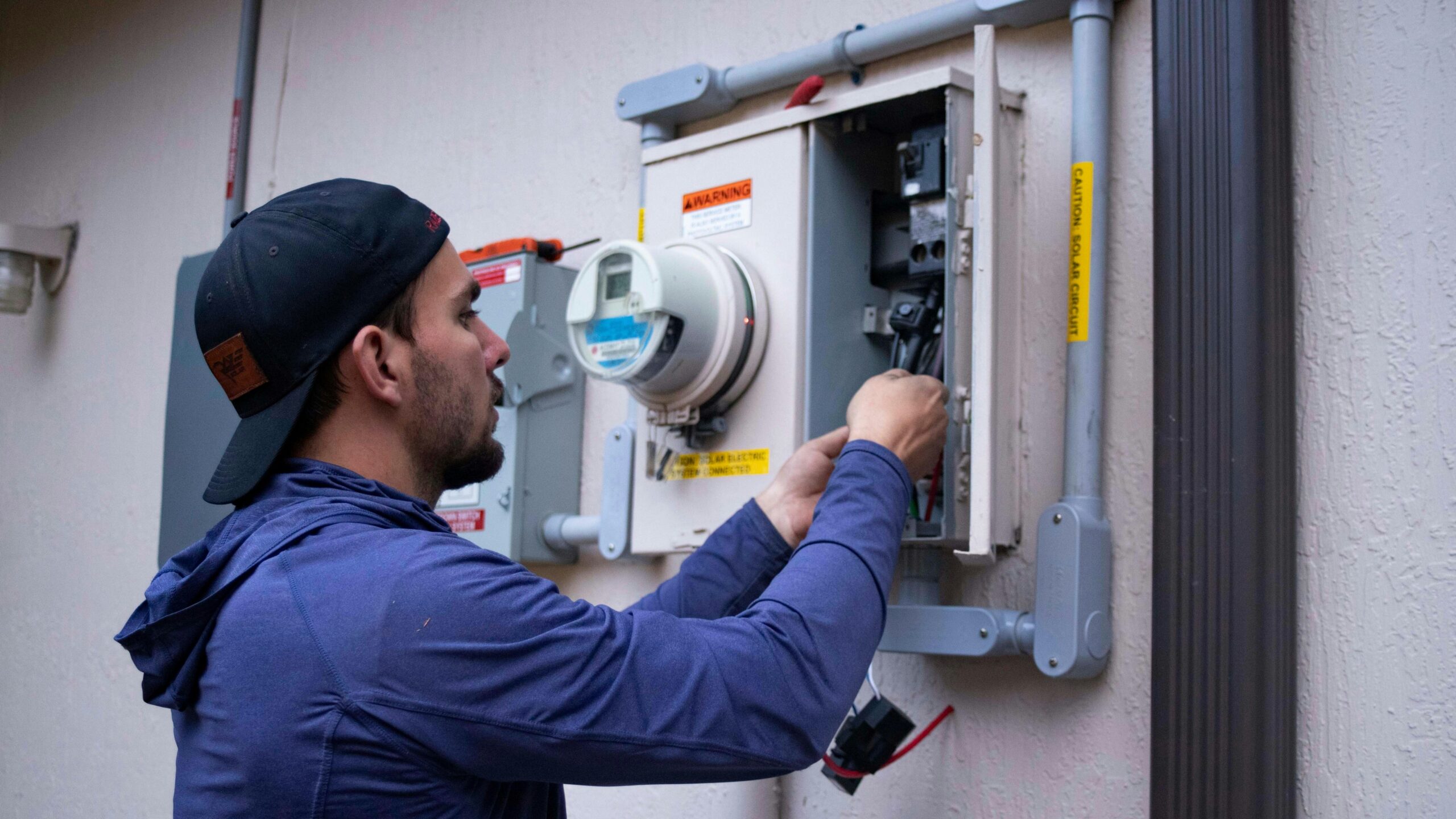Electrical systems are a critical part of every HUD property inspection. Under NSPIRE electrical standards, even minor issues—like exposed wiring or a faulty GFCI outlet—can lead to costly point deductions or failed inspections. For property managers and maintenance teams, understanding what inspectors look for and preparing early can make the difference between a passing and failing score.
Key Takeaways
- Electrical issues are among the top NSPIRE inspection failures.
- Life-threatening electrical hazards must be corrected within 24 hours.
- Pre-inspection and preventive maintenance are the best ways to ensure compliance.
- Partnering with experts reduces risk, saves time, and protects HUD funding.
Why Electrical Inspections Matter Under NSPIRE
Electrical deficiencies are among the top causes of inspection failures. Beyond compliance, they also pose serious safety risks to residents and maintenance staff. The NSPIRE electrical inspection focuses on ensuring all electrical components—from outlets to lighting fixtures—operate safely and meet HUD’s updated safety protocols.
Under NSPIRE, inspectors evaluate:
- Safety compliance: No exposed wiring, proper grounding, and operational breakers
- Functionality: Lights, outlets, and switches must work properly
- Protection systems: Smoke detectors, GFCI, and AFCI outlets must function and be correctly installed
- Accessibility: Electrical panels must be unobstructed and accessible
Failing to meet these NSPIRE electrical standards can trigger a 24-hour correction window for life-threatening hazards or a 30-day correction period for severe deficiencies.
Common Electrical Deficiencies Found During NSPIRE Inspections
According to HUD’s NSPIRE Inspection Checklist, the most frequent electrical issues include:
- Exposed or damaged wiring near outlets or appliances
- Inoperable GFCI or AFCI outlets (test/reset buttons not functioning)
- Missing outlet covers or unsecured fixtures
- Improperly wired or ungrounded three-prong outlets
- Water contact with electrical conductors
- Overloaded circuits or obstructed service panels
- Missing smoke or carbon monoxide alarms
Tip: Inspectors will also check for electrical hazards near water sources, such as sinks and bathrooms, so make sure GFCI outlets are installed and operational within six feet of any water fixture.
Steps to Pass Your NSPIRE Electrical Inspection
1. Conduct a Pre-Inspection
Before your scheduled inspection, perform a comprehensive NSPIRE electrical standards review with a qualified professional. Identify deficiencies early and correct them before the official visit.
Learn more about our NSPIRE Pre-Inspection Services to pinpoint electrical risks that could lead to inspection failures.
2. Verify GFCI and AFCI Functionality
Press the “test” and “reset” buttons on all GFCI and AFCI outlets to ensure proper operation. Replace any outlet that fails to respond. Remember: GFCIs are required in kitchens, bathrooms, and laundry areas under NSPIRE electrical standards.
3. Check All Outlets and Switches
Every habitable room must have at least two working outlets or one outlet and a permanently installed light fixture. Replace any damaged covers or non-functioning outlets.
4. Inspect the Electrical Service Panel
Ensure the service panel is fully accessible, free of damage, and properly labeled. Damaged or contaminated overcurrent devices (fuses or breakers) can trigger inspection failures.
Learn more about work order management and repairs to keep your electrical systems in compliance.
5. Test Smoke and CO Alarms
All alarms should be properly installed, unobstructed, and emit both audible and visual alerts when tested. Replace batteries regularly and verify correct placement as defined by HUD.
6. Eliminate Life-Threatening Hazards
Any water contact with electrical conductors, gas leaks near electrical sources, or exposed live wiring must be addressed immediately. These issues result in an automatic “fail” requiring correction within 24 hours.
How NSPIRE Experts Help You Stay Compliant
At NSPIRE Experts, we make compliance simple. Our team conducts pre-inspections, handles on-site repairs, and provides inspection shadowing to ensure your property passes the first time. With nationwide coverage and a 48-hour turnaround, we’re the trusted partner for property managers and housing authorities who can’t afford delays or failed inspections.
Schedule a Free Pre-Inspection today to ensure your electrical systems meet all NSPIRE electrical standards.
FAQs About Electrical Inspections Under NSPIRE
Q: What’s the correction timeframe for electrical hazards?
Life-threatening deficiencies must be corrected within 24 hours; severe ones within 30 days.
Q: Are GFCI outlets mandatory?
Yes. NSPIRE electrical standards require GFCIs in areas within six feet of water sources.
Q: Does NSPIRE check smoke alarms during an electrical inspection?
Yes. Smoke and CO alarms are part of the electrical safety review.Q: How often should I conduct internal electrical inspections?
Quarterly internal audits are recommended to catch issues early and maintain ongoing compliance.
